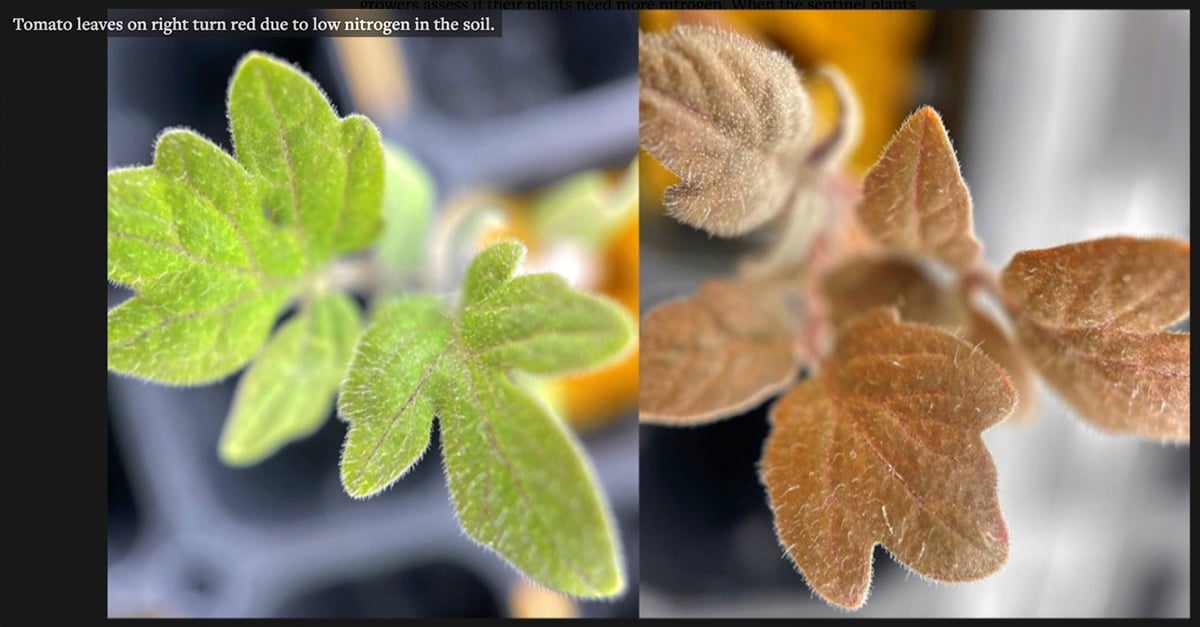More than 300 farmers in other parts of Manitoba say they understand only too well how their counterparts in the Red River Valley are feeling this spring.
In the Assiniboine River Valley and around several lakes, they’ve battled the tide of tight financial times after flood waters covered the land they rely on for income.
But they say they can’t understand how governments can offer extra disaster compensation to victims of this spring’s deluge.
In 1995, more than 38,000 acres of farmland in the western part of the province were flooded when the Assiniboine River rose to record levels.
Read Also

American researchers design a tomato plant that talks
Two students at Cornell University have devised a faster way to detect if garden plants and agricultural crops have a sufficient supply of nitrogen.
Keith Pearn and about 150 other farmers asked the government for some help. Two years later, they’re still meeting with officials.
“We didn’t get anywhere,” he said. “We got absolutely nothing.”
Instead, government officials have told the farmers they should have bought extra crop insurance to cover the possibility of flooding.
They said disaster compensation doesn’t cover losses that can be insured.
This spring, the governments announced they will give Red River Valley farmers about $40 per acre whether or not they bought the extra insurance. Farmers will also be eligible for up to $100,000 for damage to buildings and land. Until this year, the maximum was $30,000.
In Pearn’s area, farmers were saved by another kind of government payment: compensation from the loss of the rail subsidy.
“The guys that had to use their Crow money to survive the flood couldn’t use that money to diversify,” Pearn said.
“How anybody at the head of either one of those governments can say that (southern farmers) suffered more hurt or deserved more than us, I just don’t know how you can stand up and say that and have a clear conscience.”
No feed available
On the edge of Lake Winnipegosis, cattle farmer Steve Bobinski is wondering how he’ll feed his cows this year.
Generations of farmers along his lake and others have relied on native hay. But they say extensive drainage in other parts of the province is making levels rise too far, too fast.
Last year he didn’t bale any hay on his land along the shore because of unusually high water levels. This year looks as wet.
Last year, the land wasn’t eligible for disaster compensation, even though farmers couldn’t buy insurance for it. This spring, the government gave them an insurance program for native hay. But farmers feel coverage levels are a joke.
Bobinski chose premium-free 50 percent coverage. In his case, it will cover about 15 percent of his winter feed supply. But he says it’s a start.
The cattle farmers are looking for some disaster compensation for the past and a long-term commitment.
“Their problems, I don’t envy them at all, with their homes and what have you,” said Bobinski.
“But doggone it, our livelihoods here are being so dearly affected.
“It’s not as dramatic as what you see on TV … but your livelihood is being eroded and the result is the same, or worse. You’re being done out of making a living.”














